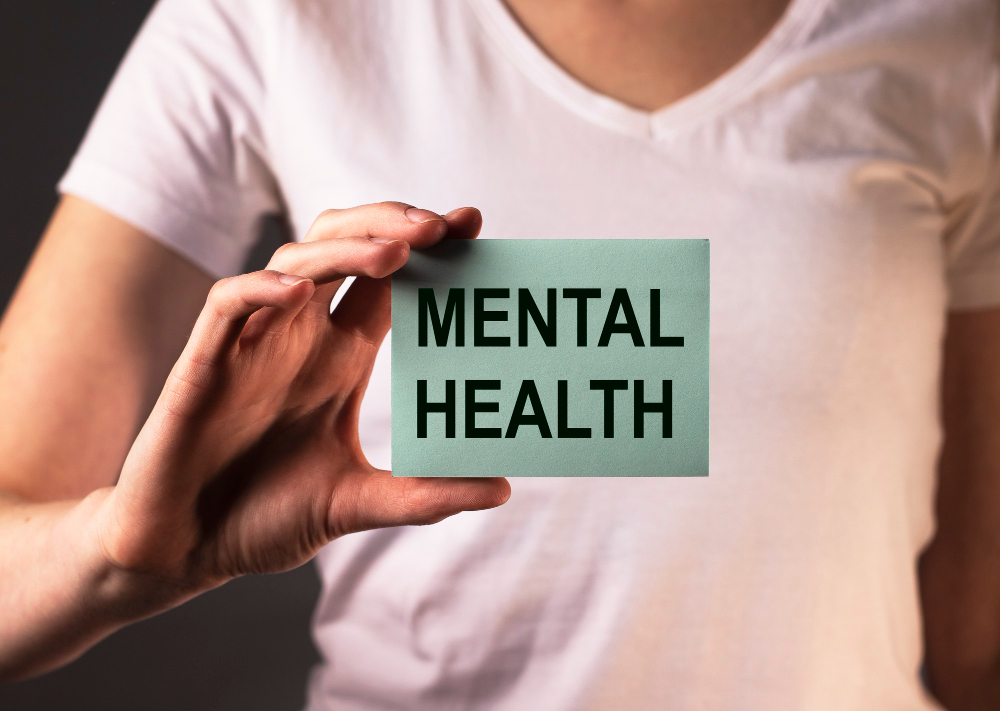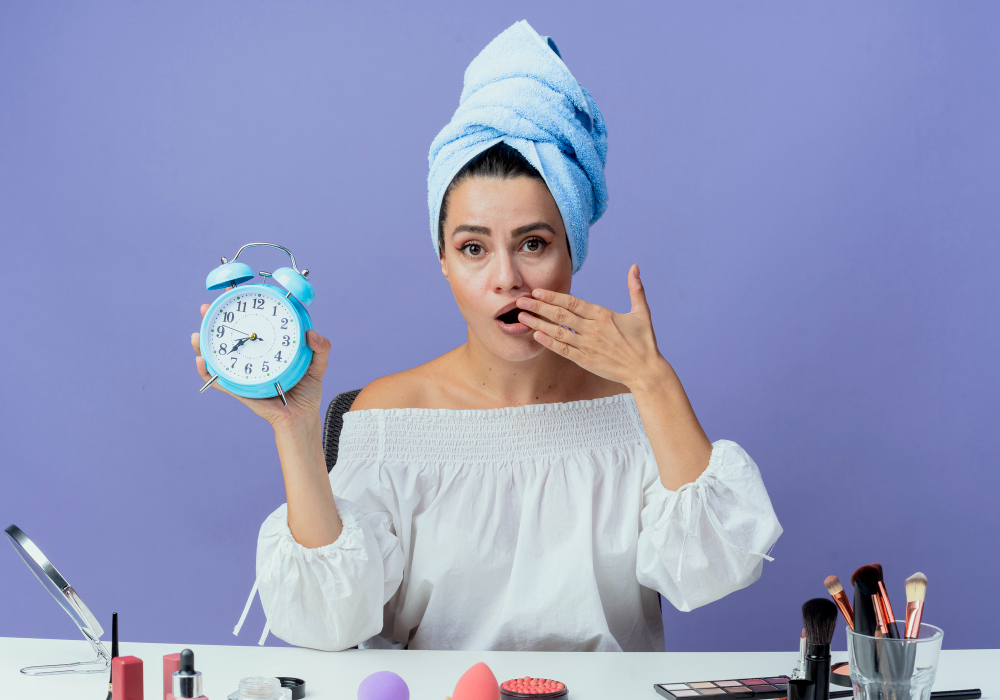
When ’13 Reasons Why’ premiered on Netflix, it quickly became a cultural phenomenon, sparking discussions and debates on a global scale. The series, based on Jay Asher’s novel of the same name, delves into the complex issues of bullying, sexual assault, mental health, and suicide among teenagers. While praised for shedding light on crucial topics, the show also faced significant controversy for its portrayal of sensitive themes. In this article, we will explore the impact of ’13 Reasons Why’ on mental health conversations and teenage narratives.
A Gripping Tale of Darkness and Desperation
’13 Reasons Why’ revolves around the story of Hannah Baker, a high school student who tragically takes her own life. Before her death, Hannah records a series of cassette tapes, each addressing a person or event that played a role in her decision. The show’s narrative unfolds through these tapes, exploring the disturbing events that led to her untimely end. The gripping storytelling captivated audiences worldwide, but it also raised concerns about the potential harm it could inflict on vulnerable viewers.
Controversy and Criticism: The Debate on Graphic Depictions
One of the primary sources of controversy surrounding ’13 Reasons Why’ was its graphic depictions of suicide and sexual assault. The show faced criticism from mental health experts, educators, and parents who argued that the explicit portrayal of sensitive topics could trigger vulnerable individuals or glamorize harmful behavior. Advocacy groups raised concerns that the series did not provide sufficient resources or trigger warnings for viewers, potentially putting them at risk.
A Catalyst for Conversations on Mental Health
Despite the controversy, ’13 Reasons Why’ undeniably sparked essential conversations about mental health, suicide prevention, and bullying. The show’s popularity initiated a global dialogue among teenagers, parents, teachers, and mental health professionals. Many schools and organizations used the series as a starting point for discussions about mental health awareness and the importance of open communication.
The Power of Representation: Addressing Taboo Topics
’13 Reasons Why’ also received praise for its efforts to address taboo topics that are often avoided in mainstream media. By portraying issues like sexual assault and suicide, the show shed light on the struggles faced by many young people today. Advocates argued that this representation could foster empathy and understanding among viewers and encourage discussions about mental health.
Real-Life Impact: Seeking Help and Resources
In the aftermath of ’13 Reasons Why,’ organizations reported an increase in calls to helplines and suicide prevention hotlines. While the correlation between the show’s release and the rise in calls cannot be definitively attributed, it highlighted the need for accessible mental health resources and support systems for young people.
Addressing the Concerns: Making a Difference in Season Two
In response to the criticism, the creators of ’13 Reasons Why’ made significant changes in the second season. The show included more trigger warnings, resources, and information on suicide prevention. Additionally, it provided guidance for parents and educators on how to discuss sensitive topics with teenagers.
The Role of Media Responsibility: Balancing Art and Impact
The ’13 Reasons Why’ controversy raised broader questions about media responsibility when addressing sensitive issues. Balancing artistic freedom with the potential impact on audiences, particularly young viewers, poses a challenge for content creators and platforms alike. The debate underscores the importance of responsible storytelling and the need for collaboration between entertainment industries and mental health experts.
Beyond Entertainment: The Call for Advocacy and Support
The impact of ’13 Reasons Why’ extended beyond its entertainment value, highlighting the necessity for continued advocacy and support for mental health initiatives. The show’s influence underscored the significance of mental health education and resources in schools, as well as the need for destigmatizing conversations about mental well-being.
Empowering Teenage Narratives: Diverse and Positive Representations
While ’13 Reasons Why’ touched on essential issues, its portrayal of negative outcomes raised concerns about the potential for harmful messaging. Advocates called for more diverse and positive representations of teenagers in media, showcasing resilience, coping strategies, and positive relationships.
The Legacy of ’13 Reasons Why’
In conclusion, ’13 Reasons Why’ left an indelible mark on mental health conversations and teenage narratives. While the series faced criticism for its graphic depictions, it also opened the door to crucial discussions about mental health, bullying, and suicide prevention. The controversy surrounding the show brought to light the importance of media responsibility and the need for well-rounded portrayals of young people’s experiences. Ultimately, the impact of ’13 Reasons Why’ underscores the potential of storytelling to both inform and influence, sparking a call for advocacy, support, and responsible representation in media.


